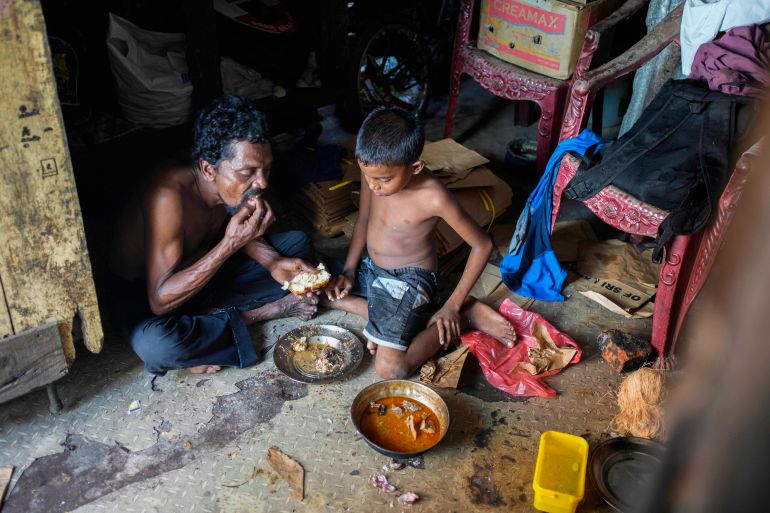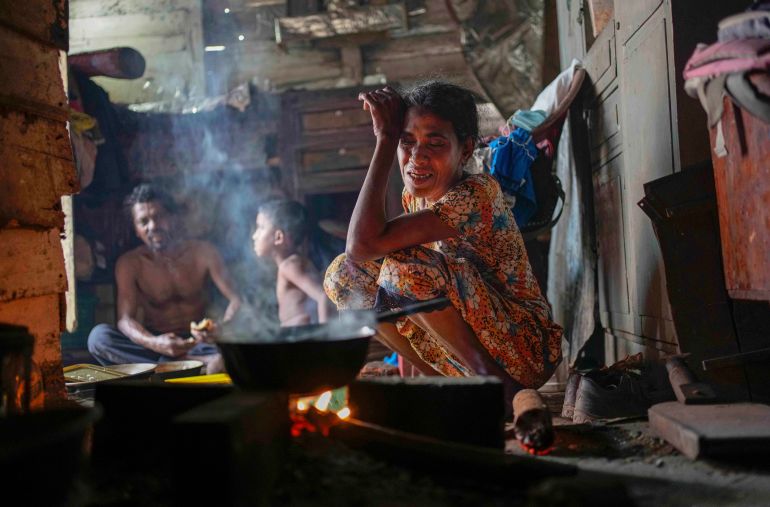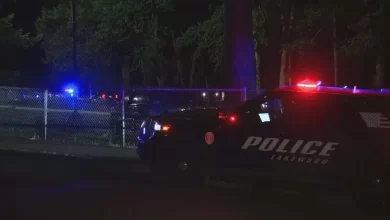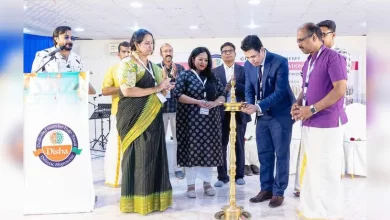Half of Sri Lanka families reducing children food intake: Charity

The government and the global community must act to prevent the country’s children from ‘becoming a lost generation’, warns Save the Children.

Colombo, Sri Lanka – Sri Lanka’s economic meltdown has spiralled into a full-blown hunger crisis, with half of the families in the island nation forced to reduce the amount they feed their children, according to a child rights charity.
The Sri Lankan government and the international community must act now to prevent the country’s children from “becoming a lost generation”, Save the Children warned in a report published on Thursday.
Since late 2021, the South Asian island nation is in the grip of its worst ever economic crisis, fuelled by a lack of foreign reserves and mounting foreign government debt.
The country of 22 million people has sought help from the International Monetary Fund (IMF) after defaulting on its $46bn debt last April.
“Since the Sri Lankan government defaulted on its debt nearly a year ago, soaring inflation and food, medicine, and fuel shortages as well as a lack of stable employment have left families unable to cope,” the report said.
While half of Sri Lankan households are cutting their children’s food intake, according to the charity, 27 percent of more than 2,300 households it surveyed reported adults skipping meals to feed their children.
Nine out of 10 households said they cannot guarantee nutritious food for their children, it said.
The Save the Children report came a day after thousands of workers went on a strike in defiance of a government directive declaring several services as essential to stop protests over the IMF bailout plan.
‘Heartbreaking stories’
Shashikala Madhuvanthi Silva, a 40-year-old mother of four in Kalutara district, 80km (50 miles) from the commercial capital of Colombo, told Al Jazeera none of her children is getting a proper meal since the crisis began.
“My husband is a tuk-tuk driver but he isn’t getting much income now as more and more people are choosing public transport due to increased cost of living,” she said.
As a result, she is forced to feed her children less nutritious food. “Not that I don’t feed them but I can’t any longer afford egg, meat or fish every day.”
Silva recently started working at a nearby garment factory – her first ever job. “I get 900 rupees [$2.50] for a nine-hour shift,” she said. “What can you do with 900 rupees a day? But I have no choice.”

Renuka (not her real name) is a teacher in the Western Province. Speaking to Al Jazeera on condition of anonymity, she described the situation at her school. In Sri Lanka, government workers including teachers can often be sacked for speaking to the media.
“It was a Monday. When I was about to have my lunch, I spotted a child looking at me in a sad way. He was almost in tears. When I asked what the matter was, he told me that he, his mother and his younger sister have only had several cups of tea during the weekend,” she said.
The teacher said from that day onwards, she started bringing an extra lunch box for the boy.
“One day, he asked me whether he could take his lunch home. Instead of having his meal at school, the boy wanted to take it to his mother and sister.”
“This is about just one family,” said the teacher. “There are many more heartbreaking stories.”
‘Emergency situation’
Muditha Dharmapriya, a nutritionist in Colombo, told Al Jazeera he agreed with the findings of the Save the Children survey.
“I don’t have the statistics but it is true that so many people, maybe 50 percent of the households as the survey says, aren’t having enough nutrition,” he said.
“As per the Food Guide Pyramid, a child needs to have two-three servings of meat, fish, and poultry [MFP] per day. But many households in Sri Lanka can’t afford that,” he added.
And it is not only protein that children are not getting enough due to skyrocketing cost of living. A person needs six to 11 servings of carbohydrates, through which the body gets 1,500-2,000kcal a day. Since the economic crisis, Dharmapriya says, that intake has been reduced to nearly 900kcal.
“People can no longer eat rice as they used to. Instead of eating a nutritious diet, what happens now is that people eat something only to stop feeling hungry. They may be eating a reduced portion of rice and no MFP at all,” he said.
However, journalist and political analyst Kusal Perera said the findings of the charity’s survey were “too generalised”.
“I think the sample of just over 2,300 households from nine districts does not actually represent every segment of the society in terms of income and social status,” he told Al Jazeera.
Meanwhile, Save the Children has warned of “a very real danger of a full-blown hunger crisis” in Sri Lanka.
“This is an emergency situation that requires an emergency response,” said Julian Chellappah, the charity’s Sri Lanka director.







